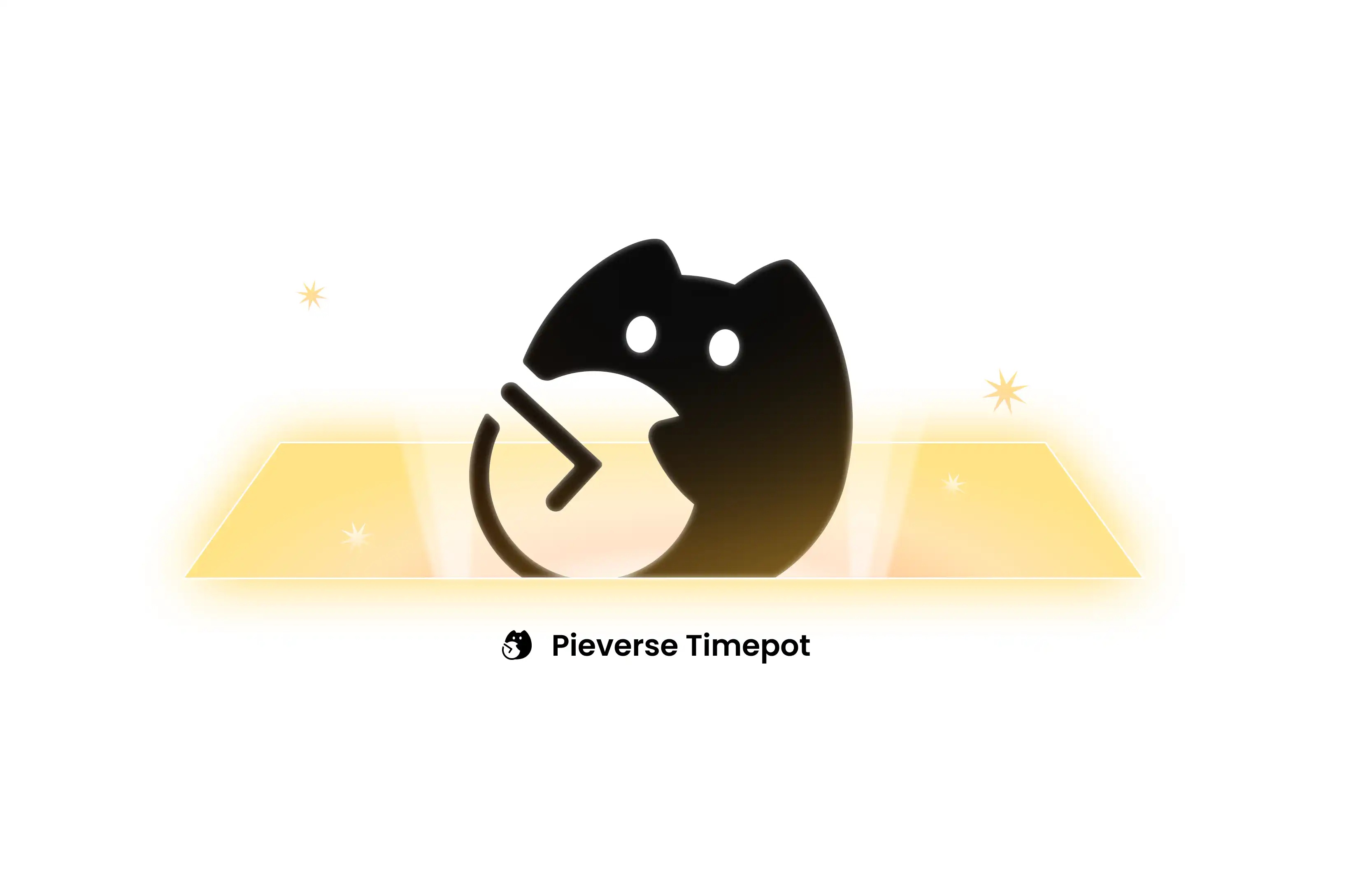Detailed explanation of Grants 2.0 upgrade: from social body to trust body
Original title: " Grants 2.0 Upgrade: From Social Body to Trust Body "
Original compilation: Kay, Gitcoin
It has been 3 years since Gitcoin Grants was born in January 2019. In the ecological round, Gitcoin witnessed the rise of individual projects such as Lootverse & Polygon, and also contributed to cooperative fundraising such as ZK Tech & Open Gaming rounds. In the themed round, Gitcoin helped many projects connected up and down the chain to raise start-up funds, and became a bridge for project parties to enter the encrypted world. At the same time, they also profoundly practiced the political economy concept of quadratic fundraising (QF), contributing to the development of radical liberalism. During this period, Gitcoin has undergone organizational changes from a company to a DAO, and has also deposited its thoughts in books such as "Greenpill" and "Impact DAOs".
The current Gitcoin is trying another huge transformation, from a centralized platform to a decentralized protocol, allowing the concept of open source and publicity to permeate more into practice. This is not just a product iteration, but also the beginning of Gitcoin's transition from socialware to trustware. On the long journey of searching for thousands of miles, a web3 hyperstructure was built brick by brick. ).
Grants 1.0 to Grants 2.0
If you compare Grant 1.0 to a centralized obelisk ( monolith), Grant 2.0 is a decentralized, modular, and forkable ecosystem. Gitcoin will provide the underlying substrate framework, product standards and tools, and open source them to support calls from ecological partners. During the development process, the L2 and multi-chain world will be the guide, and most data will be stored under the decentralized chain. At the same time, the smart contract can be customized according to the needs of different fundraising rounds, so that the responsible party can deploy the contract and choose Token according to the needs. In addition, funds and fundraising rounds will be separated to a certain extent, so that potential recipient projects can submit applications without being restricted by the requirements of the fundraising round.
In this upgrade, there are three substantive changes:
Fundraising tools Expanded from QF to all tools
The operating group is expanded from the Gitcoin team to everyone
The scope of fundraising is expanded from public goods to all fields
< /p>
Just imagine, if any DAO or ecology can directly fork Gitcoin Grants experience to join Gitcoin, what kind of flywheel effect will it bring? Anyone and any organization can freely put their mechanism predictions into this experimental field, quickly try and make mistakes, advance quickly, and finally select the best fundraising mechanism suitable for public goods by survival of the fittest.

Overall structure
The underlying support is the Grants Registry with sufficient liquidity. On top of that is the ecosystem. During the Grants 1.0 period, Gitcoin only used the Pairwise QF mechanism, but during the Grants 2.0 period, we can open up to more diversified fundraising mechanisms, such as MACI OF, DeSoc DF, Retroactive Public Goods Funding, Dominance Assurance Contracts etc. They can even be integrated with other mechanisms, such as with Optimisim's RetroPGF or CLRFunds Maci QF. DAO can provide governance for the ecology, such as setting rules for fundraising rounds, helping to screen Grants, providing common Grants for the parties responsible for fundraising rounds, and improving the anti-sybil attack system, etc.

To achieve a smooth connection between modules, it is necessary to meet three Conditions: 1) Clear interface 2) Good document management 3) Harmonious developer relationship. In order to make Gitcoin a better developer community, they are actively promoting Moonshot Collective (Note: MC has been merged into the GPC group) and hackathon competitions to provide more sufficient preconditions for modular transformation.

Node underlying APP
The new solution consists of four node underlying APPs, which are
Decentralized personal identification (formerly known as dPopp, now Gitcoin passport)< /p>
Grant Explorer
Grant Publisher
Round Manager
"dPop" provides a public record of Sybil-proof proofs, "Grant Searcher" provides a front-end for employers to find projects for donations, and "Grant Publisher" provides It is the front-end for recipients to submit project descriptions and apply for donations. The "fundraising round responsible party" provides the front-end for DAO or other project management fundraising rounds, screening applications for donated projects, and mobilizing funds for pool allocation. Unlike the unified, centralized aggregator model of Grants 1.0, Grants 2.0 envisions an end-to-end, decentralized custom experience. The party in charge of the fundraising round can freely develop and combine them based on the underlying framework to explore the best paradigm for project fundraising.

Roadmap
The current roadmap plans to promote the upgrade from Gitcoin Grants 13, aiming to complete the comprehensive transformation before the end of Q1 in 2023. In the Gitcoin Grants 15 round, the cutting of the ecological round and the themed round was completed. After the latest round of 16, most of the core functionality has been converted, leaving only the bridging work on the interactive pages. Gitcoin internally discusses whether to suspend the next Gitcoin Grants so that staff can focus on protocol upgrades. At present, the discussion is still in full swing, interested parties can go to the forum to cast your precious vote.
After the upgrade, Gitcoin will still operate its own fundraising round, but at the same time, it will spend part of its energy on assisting ecological partners to call Gitcoin's underlying framework and develop their own Fundraising round. If the ecology is likened to a garden, then the soil is the community, the agreement is the root system, and the Gitcoin Grants project is the fruit. After the transformation is completed, the Gitcoin team will act as a gardener, irrigating everyone by providing consulting services and underlying technical support.

From socialware to trustware
Behind the protocol upgrade is Gitcoin's vision of an ideal society. Orca once created the abstract concepts of socialware and trustware. The former refers to mechanisms based on interpersonal relationships, while the latter refers to mechanisms based on technical architecture. The difference between the two is that social Collaboration costs are high and low. At the beginning of its establishment, Gitcoin was a social body (2018-2021), and it is gradually transforming into a modular social body (2021-2022), and finally it will enter a structure where the center is a trust body and the edge is a social body (2023+) , which is the Hyperstructure described by the founder of Zora. At that point, as the flywheel grows, Gitcoin will be a free and permanent ecosystem. The Grants 2.0 transformation we are currently experiencing is a leap from the second phase to the third phase.
Why is this structural shift beneficial for Gitcoin? To explain this, I have to mention the unit created by Josh Stark in the article "Atoms, Institutions, Blockchains" - Hardness (hard object), that is, a certain certainty created by human beings with their own abilities. Atoms are the hard stuff of matter, making up metals, rocks, and shells that are difficult to move or change. Institutions are organizational objects, and governments and some large corporations can last for hundreds of years. Until now, we have blockchain as another hard thing. If it is just a company or a DAO based on a social body, Gitcoin is still a low-hardness organization: its scale is limited to a centralized operation team, and it relies heavily on the quality of the governor, which makes the organization have uncontrollable risks.
With the transfer of Gitcoin to the trust body, its hardness will gradually increase, and it will be more resistant to personnel replacement and environmental changes, becoming a more deterministic organization . Behind the transformation of the protocol is Gitcoin's determination to sink into decentralized public goods and reach and penetrate into the broader web3 ecology. Starting from the vitality of the organization, a more "hard" Gitcoin can resist changes with endogenous certainty, and become the cornerstone of eternal operation and belonging to all human society.

Original link
Welcome to join the official BlockBeats community:
Telegram Subscription Group: https://t.me/theblockbeats
Telegram Discussion Group: https://t.me/BlockBeats_App
Official Twitter Account: https://twitter.com/BlockBeatsAsia


 Forum
Forum Finance
Finance
 Specials
Specials
 On-chain Eco
On-chain Eco
 Entry
Entry
 Podcasts
Podcasts
 Activities
Activities
 OPRR
OPRR








